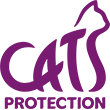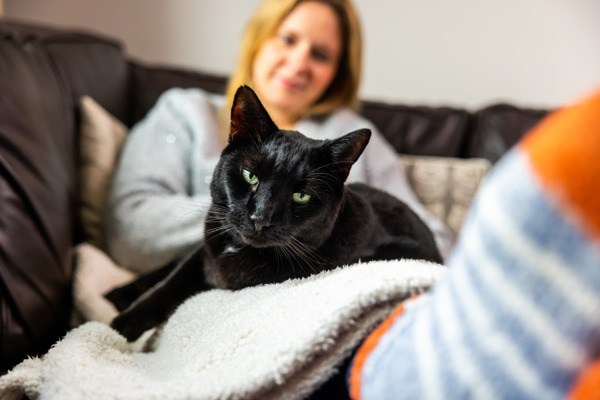A guide to creating the perfect cat bed
Most cats don’t seem to have a problem with snoozing, often fitting in an impressive 16 hours a day. But some still need a little help finding the perfect conditions for nodding off. To make sure your cat is getting plenty of sleep, here are some tips for making your home a cat-friendly snoozing paradise.
1. Provide plenty of options
Cats like to regularly switch between different sleeping locations to protect themselves from fleas and other parasites. It’s best to provide them with a few different beds situated around the house. If you have more than one cat, make sure they each have a few different beds they can call their own. Cats typically don’t like to share, unless they are really bonded with their furry friend.

2. Give them some height
Cats feel safest when they are somewhere up high. This keeps them away from any potential dangers at ground level. It also means they have a good vantage point to see their surroundings. Provide some elevated sleeping areas, such as:
- on a bed
- on empty shelves
- on the tops of wardrobes or other furniture
- on the back of a sofa
Make sure they are still easily accessible, especially if your cat is old or ill.
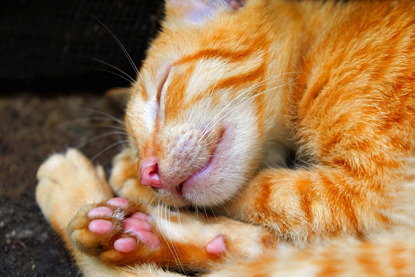
3. Keep it cosy
Make sure your cat’s beds are away from any draughty areas but also not too close to any heat sources. The temperature should be not too cold or too warm but just right. Soft, fleecy beds provide the most comfort. If they have tall sides that your cat can hide behind, such as a cardboard box, that’s even better.
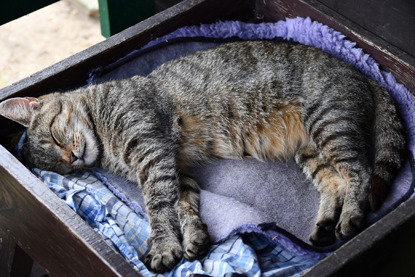
4. Do not disturb
Position your cat’s sleeping spots away from any noisy appliances, such as washing machines. Also avoid busy areas of the home, such as the hallway. A quiet corner of a bedroom or living room is ideal. Once your cat is snoozing, make sure you leave them alone to avoid startling them awake.
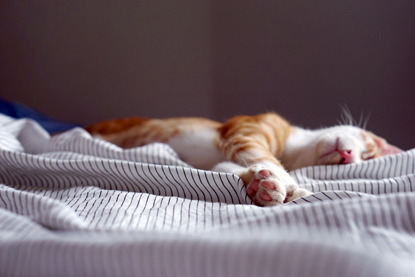
5. Keep their scent on their bedding
When washing your cat’s bedding, avoid washing all their beds at the same time. Cats rely heavily on smell to understand the world around them. Leave at least one bed that has their reassuring scent to help them feel safe. When they’ve moved on to sleep in a clean bed, you can then wash the dirty one.
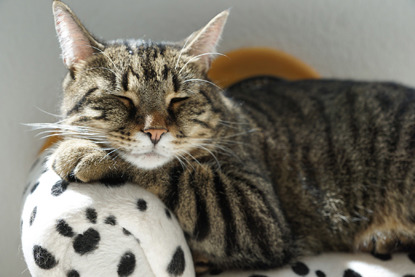
6. Space it out
Cats like to sleep away from where they eat, drink and toilet. Make sure there is plenty of space between their food bowl, water bowl, litter tray and beds. You can place their scratching post close to their favourite bed though. They often like to have a stretch and scratch just after they’ve woken up.

Do cats dream?
If you’ve ever watched your cat sleeping and seen their whiskers, ears or tail start to twitch, you may have wondered if this is a sign that they’re dreaming. While we can’t be sure if cats do dream, research into other animals shows that it is quite likely.
Researchers at The Centre for Learning and Memory at the Massachusetts Institute of Technology have studied the brain activity of rats. They found that the exact same pattern of neurons fired in the memory area of the rats’ brains while they were asleep as had fired while they were running around a maze searching for food when they were awake. This led them to conclude that the rats were reliving the maze experiment in their dreams.
If rats dream about their previous experiences, maybe cats do too. More research would be needed for us to know for sure though.
